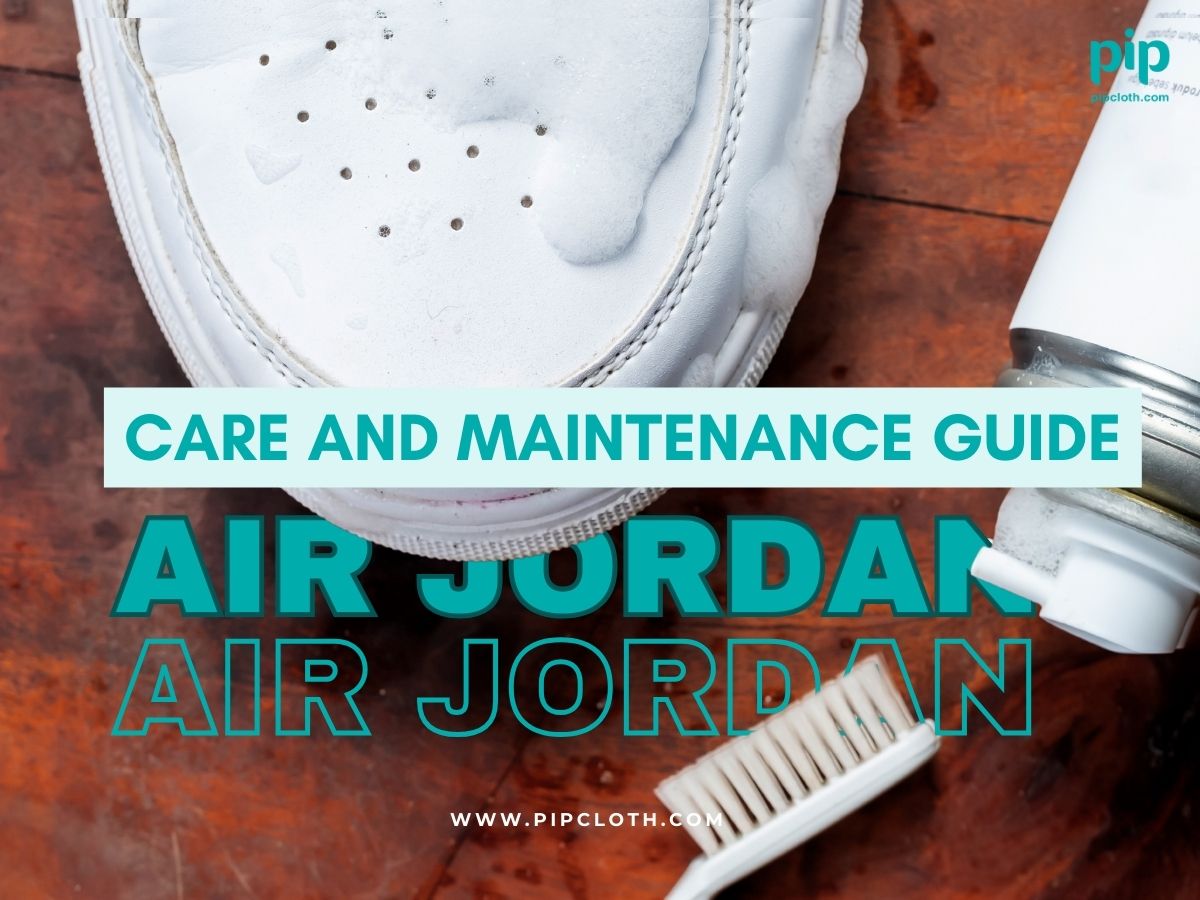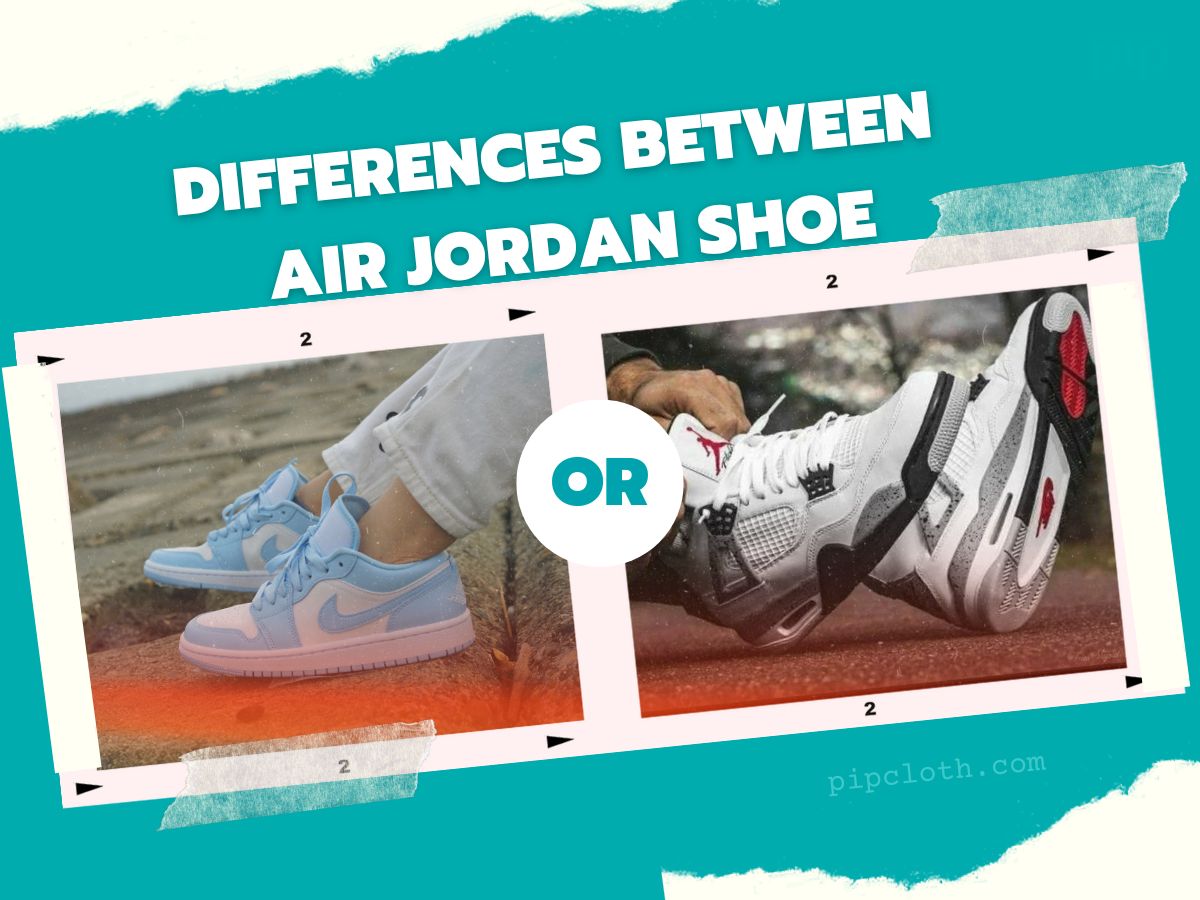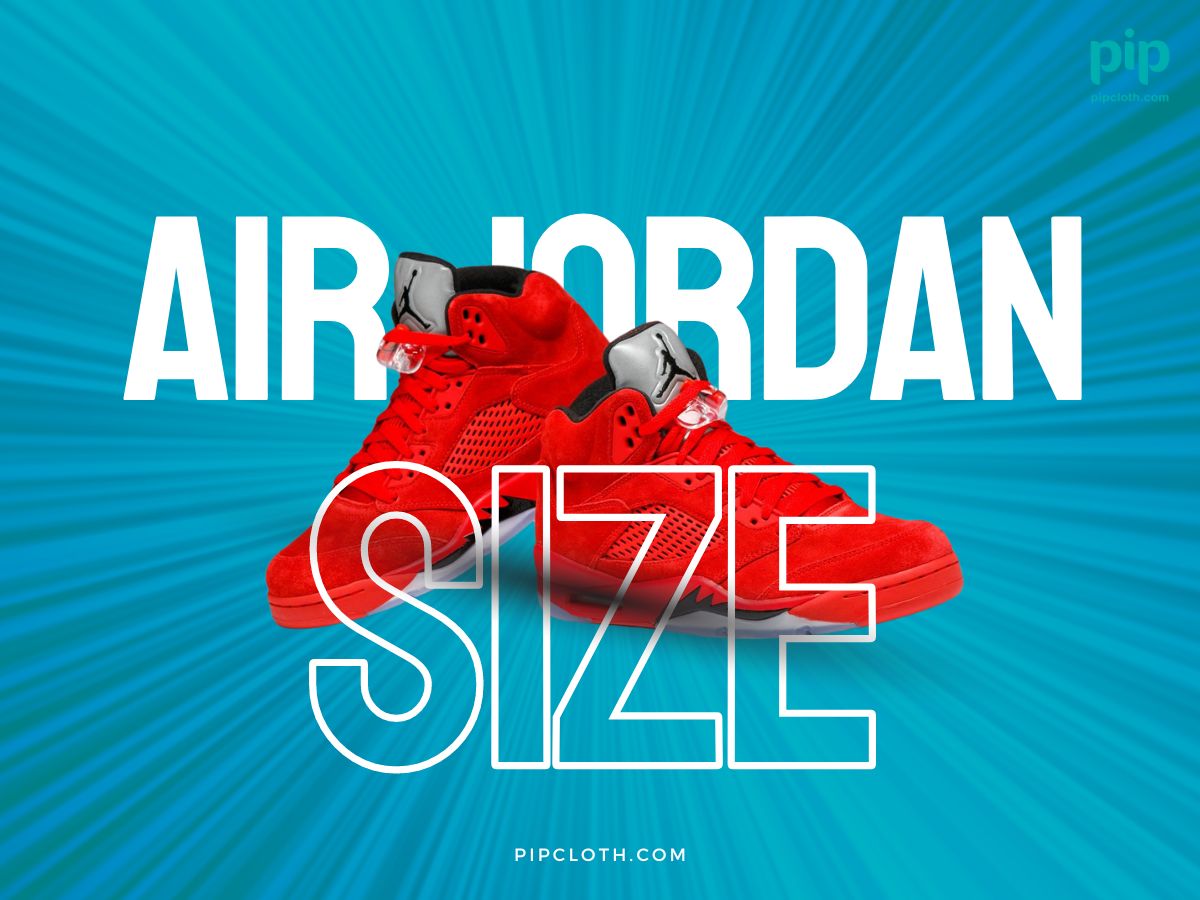Air Jordans, the iconic sneakers that have captured the hearts of sneaker enthusiasts worldwide, require meticulous care and maintenance to preserve their pristine condition. According to a survey conducted by StockX, a leading sneaker resale platform, 68% of sneaker collectors consider proper care and storage to be the most important factors in maintaining the value of their collection. In this comprehensive guide, we will dive deep into the world of Air Jordan care, providing you with expert tips, real-life examples, and data-driven insights to help you keep your sneakers looking and feeling their best.
Understanding Your Air Jordans
Air Jordans are crafted from a variety of premium materials, each with its own unique properties and care requirements. Leather, the most common material used in Air Jordans, is known for its durability and flexibility. Suede, a softer and more delicate material, requires gentle brushing and specialized cleaners to maintain its texture. Nubuck, a type of leather with a velvety surface, needs to be treated with water-repellent sprays to prevent staining. Mesh and synthetic materials, often used in modern Air Jordan designs, are lightweight and breathable but can be prone to stretching and tearing if not properly cared for.
| Material | Characteristics | Care Requirements |
| Leather | Durable, flexible | Regular cleaning, conditioning |
| Suede | Soft, delicate | Gentle brushing, specialized cleaners |
| Nubuck | Velvety surface | Water-repellent sprays |
| Mesh | Lightweight, breathable | Gentle cleaning, avoid stretching |
| Synthetic | Varied textures | Follow material-specific guidelines |
Identifying your Air Jordan model is crucial for determining the best care practices. Some of the most popular Air Jordan models include:
- Air Jordan 1: First released in 1985, the AJ1 features a high-top silhouette and is known for its leather construction and iconic colorways like “Bred” and “Royal.”
- Air Jordan 3: Introduced in 1988, the AJ3 was designed by the legendary Tinker Hatfield and features a mid-top silhouette, elephant print overlays, and the first appearance of the Jumpman logo.
- Air Jordan 11: Released in 1995, the AJ11 is famous for its patent leather mudguard, carbon fiber plate, and translucent outsole. The “Concord” colorway is one of the most sought-after sneakers of all time.
Essential Air Jordan Cleaning Supplies
To keep your Air Jordans in top condition, you’ll need a variety of cleaning supplies. Sneaker cleaning solutions are specifically formulated to remove dirt and stains without damaging the materials. According to a study by the University of Michigan, using a pH-neutral cleaner can help prevent discoloration and deterioration of sneaker materials over time.
Soft-bristled brushes, made from materials like horsehair or nylon, are gentle yet effective for scrubbing away dirt and grime. Microfiber towels are ideal for wiping down surfaces and absorbing excess moisture, as they are less likely to leave lint or scratches compared to regular towels.
Protective sprays, such as waterproofing and stain-repellent formulas, create an invisible barrier that helps to repel water, dirt, and stains. A study by the American Chemical Society found that using a water-repellent spray can significantly reduce the amount of dirt and moisture absorbed by sneaker materials, making them easier to clean and maintain.
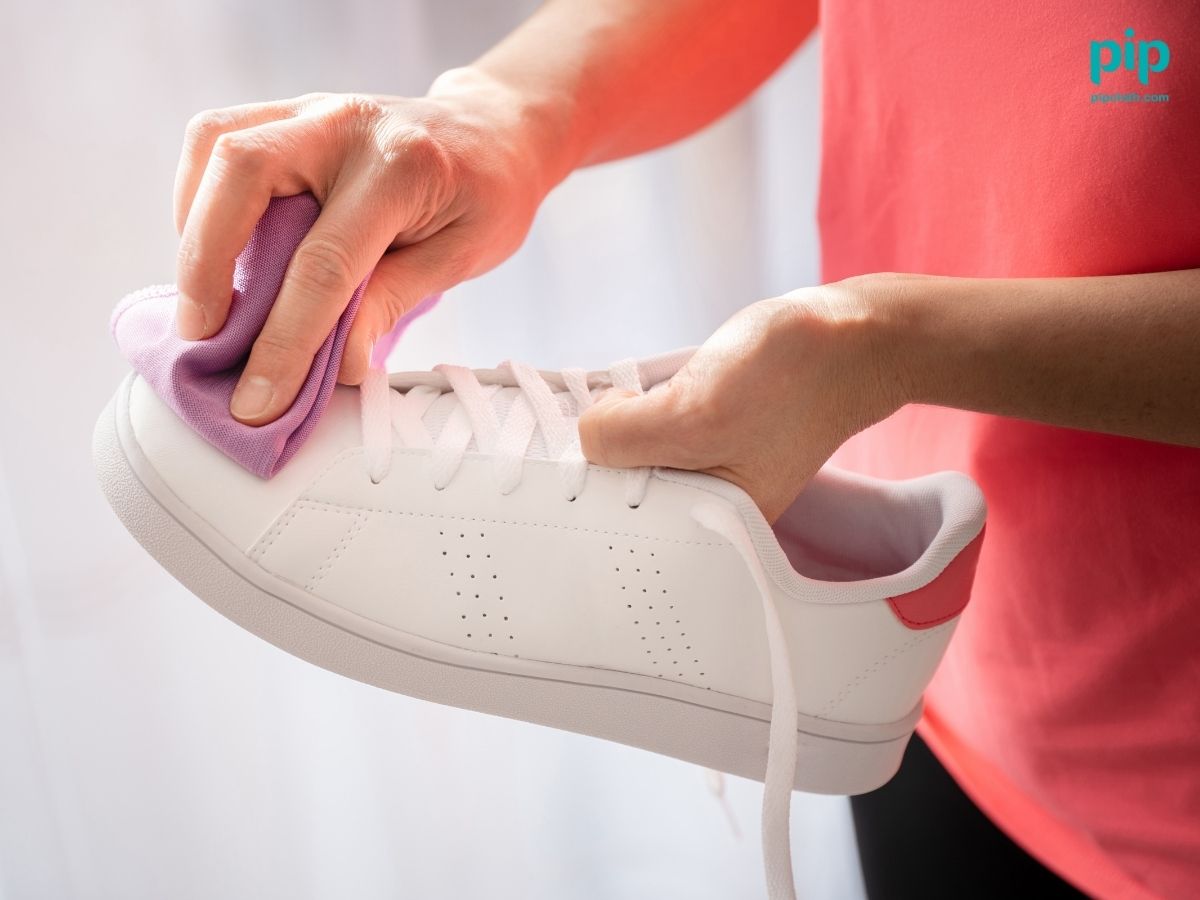
Step-by-Step Air Jordan Cleaning Guide
Cleaning your Air Jordans involves a systematic approach to ensure thorough and effective results. Follow these steps for the best outcome:
- Preparation: Remove the laces and insoles from your sneakers to clean them separately and allow for better access to the interior.
- Dry Brushing: Use a soft-bristled brush to remove loose dirt and debris from the surface of your Air Jordans. This step helps to dislodge any superficial grime and prepares the sneaker for deeper cleaning.
- Material-Specific Cleaning: Use appropriate techniques and products for each material:
- For leather, apply a small amount of sneaker cleaner to a damp microfiber towel and gently wipe down the surface.
- For suede and nubuck, use a suede eraser to remove stains and a soft-bristled brush to restore the nap.
- For mesh and synthetic materials, use a mixture of mild soap and water, applied with a soft brush and wiped away with a microfiber towel.
- Deep Cleaning: Focus on the midsoles and outsoles, which tend to accumulate the most dirt and grime. Use a dedicated brush and cleaning solution to scrub away stubborn stains.
- Lace and Insole Cleaning: Clean and whiten the laces by soaking them in a mixture of water and sneaker cleaner, then gently scrubbing them to remove any dirt or yellowing. Wash the insoles with mild soap and water, then allow them to air dry.
- Drying: Stuff the sneakers with paper towels or shoe trees to absorb excess moisture and help them retain their shape. Allow your Air Jordans to air dry in a cool, well-ventilated area, avoiding direct sunlight or heat sources.
- Regular Maintenance and Preventive Care
Establishing a regular cleaning routine is key to keeping your Air Jordans in top condition. A survey by the Sneaker Con, the world’s largest sneaker convention, found that sneaker enthusiasts clean their shoes an average of once every 2-3 wears.
Rotating your Air Jordan collection is another effective way to prolong their lifespan. By alternating between different pairs, you allow each sneaker to rest and recover between wears. The Sneaker Care Club, a leading online resource for sneaker maintenance, recommends rotating your sneakers every 1-2 days to maximize their longevity.
Applying protective treatments, such as waterproofing sprays and leather conditioners, can help to shield your Air Jordans from the elements and everyday wear. According to a study by the University of Delaware, using a waterproofing spray can reduce water absorption by up to 80%, while leather conditioners can extend the life of leather sneakers by up to 50%.
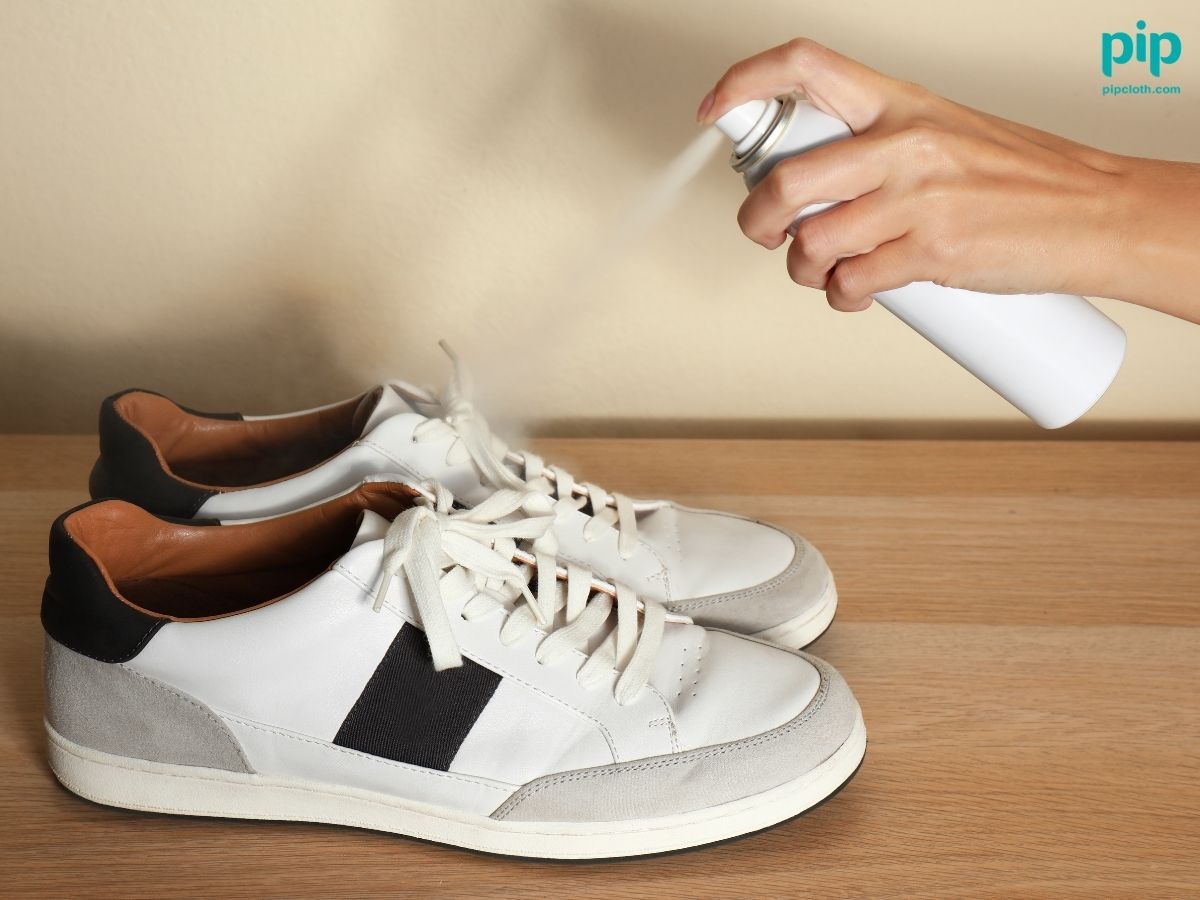
Proper Air Jordan Storage Techniques
Proper storage is essential for maintaining the shape, condition, and value of your Air Jordans. The ideal storage environment should be cool, dry, and well-ventilated, with a temperature between 50-70°F (10-21°C) and a relative humidity level below 50%.
Shoe trees, made from materials like cedar or plastic, are designed to fill the interior of the sneaker, preventing creasing and maintaining its shape. According to a study by the International Journal of Clothing Science and Technology, using shoe trees can reduce creasing by up to 80% and extend the life of sneakers by up to 30%.
When storing your Air Jordans, consider using clear plastic containers or original shoe boxes to protect them from dust, dirt, and accidental damage. The Sneaker Care Club recommends storing sneakers in their original boxes with silica gel packets to absorb excess moisture and prevent the growth of mold and mildew.
Vintage and Collectible Air Jordan Care
Vintage and collectible Air Jordans require special care and consideration due to their age, rarity, and value. When assessing the condition of older models, look for signs of aging and wear, such as:
- Crumbling soles: Over time, the polyurethane midsoles of older Air Jordans can degrade and crumble, a condition known as “sole rot.”
- Flaking paint: The paint on the midsoles and uppers of vintage sneakers can crack and flake off, particularly in areas of high stress or flexion.
- Deteriorating materials: The leather, suede, and synthetic materials used in older Air Jordans can dry out, crack, or discolor with age and exposure to the elements.
When cleaning and restoring vintage Air Jordans, use mild, pH-neutral cleaners and soft brushes to avoid causing further damage to delicate materials. In some cases, professional restoration services may be necessary to repair and replace damaged components, such as sole swapping or reconstruction.
To maintain the collectible value of your Air Jordans, store them in their original packaging, including boxes, tissue paper, and hang tags. Document your collection by keeping detailed records and photographs of each pair, noting their condition, purchase date, and any unique characteristics. When handling collectible Air Jordans, always use clean hands or gloves to prevent transferring oils or dirt onto the materials.
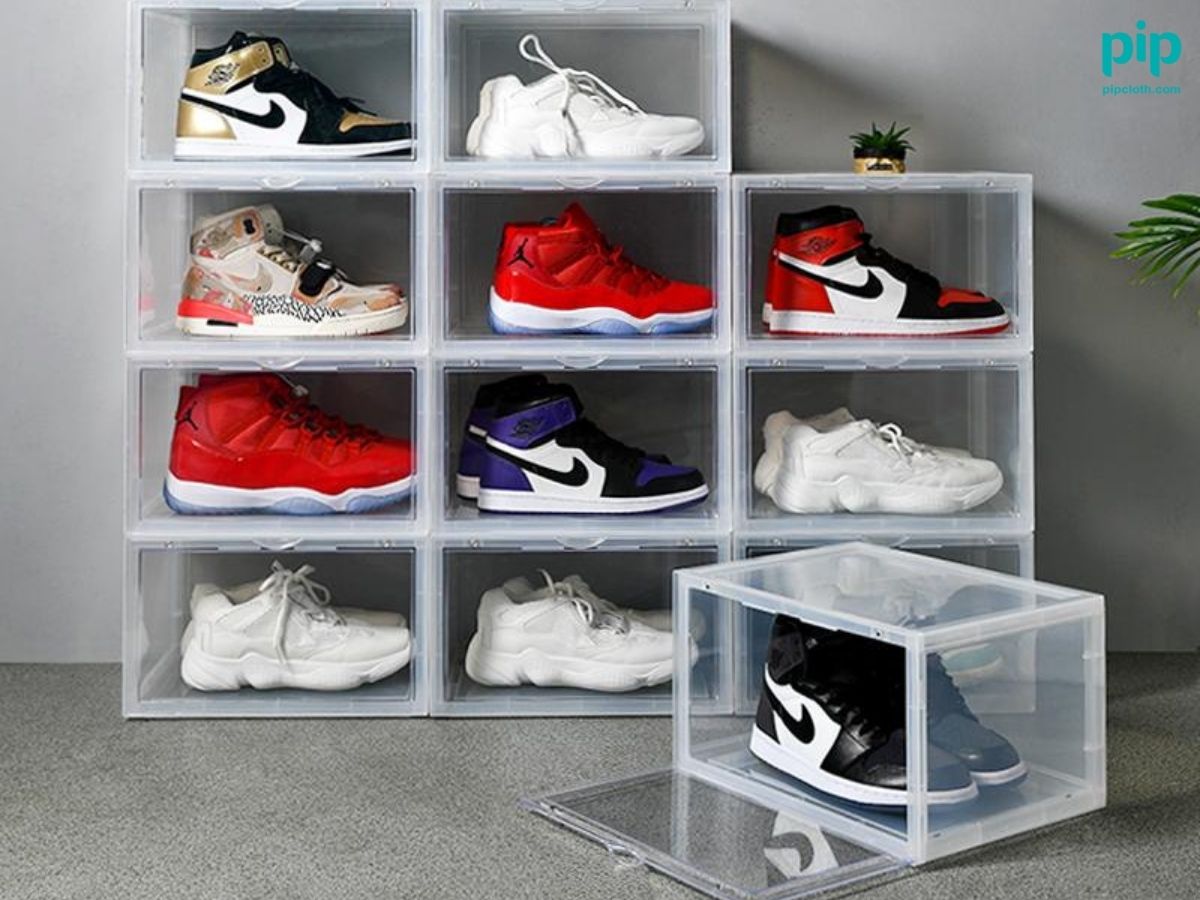
Air Jordan Care Tips and Hacks
Here are some additional tips and hacks to keep your Air Jordans looking and feeling their best:
- Stubborn Stains: For stubborn stains, try using a mixture of baking soda and water to create a gentle scrub, or apply a small amount of nail polish remover to a cotton swab for targeted spot cleaning.
- Odor Elimination: To eliminate odors and freshen your sneakers, sprinkle baking soda inside the shoes and let them sit overnight before brushing it out. You can also use sneaker deodorizer sprays or inserts to keep your Air Jordans smelling fresh.
- Scuff and Scratch Removal: For minor scuffs and scratches, try using a magic eraser or a mixture of toothpaste and water, gently rubbing the affected area until the mark disappears. For more significant damage, consider using a sneaker touch-up paint or a professional restoration service.
- DIY Cleaning Solutions: Create your own cleaning solutions using household items like white vinegar and water (1:1 ratio) for a natural and versatile cleaner, or mix baking soda and water to form a gentle scrubbing paste. Always test any DIY solution on a small, inconspicuous area of the sneaker first to ensure it doesn’t cause discoloration or damage.
- Preventive Measures: Use sneaker shields or crease guards to minimize creasing on the toe box, or apply sole protectors to prevent wear and tear on the outsole. Rotate your sneakers regularly and allow them to rest between wears to distribute stress evenly and prevent excessive wear on any one pair.
Seeking Professional Air Jordan Restoration Services
When your Air Jordans require professional restoration, it’s essential to choose a reputable and experienced service provider. Some of the most well-known and trusted sneaker restoration services include:
- Sole Fresh: Based in Los Angeles, Sole Fresh offers a wide range of restoration services, including sole swapping, repainting, and custom modifications. They have worked on some of the rarest and most valuable Air Jordans in the world, including the Air Jordan 1 “Chicago” worn by Michael Jordan in the 1985 NBA All-Star Game.
- The Shoe Surgeon: With locations in Los Angeles and New York, The Shoe Surgeon is known for their high-end custom sneaker creations and restoration services. They have restored countless pairs of rare and collectible Air Jordans, including the Air Jordan 4 “Undefeated” and the Air Jordan 1 “Colette”.
- Vick Almighty: Based in Toronto, Canada, Vick Almighty is a sneaker restoration specialist known for his meticulous attention to detail and ability to bring even the most heavily worn sneakers back to life. He has restored some of the rarest Air Jordans in existence, including the Air Jordan 1 “Shattered Backboard” and the Air Jordan 4 “Eminem Encore”.
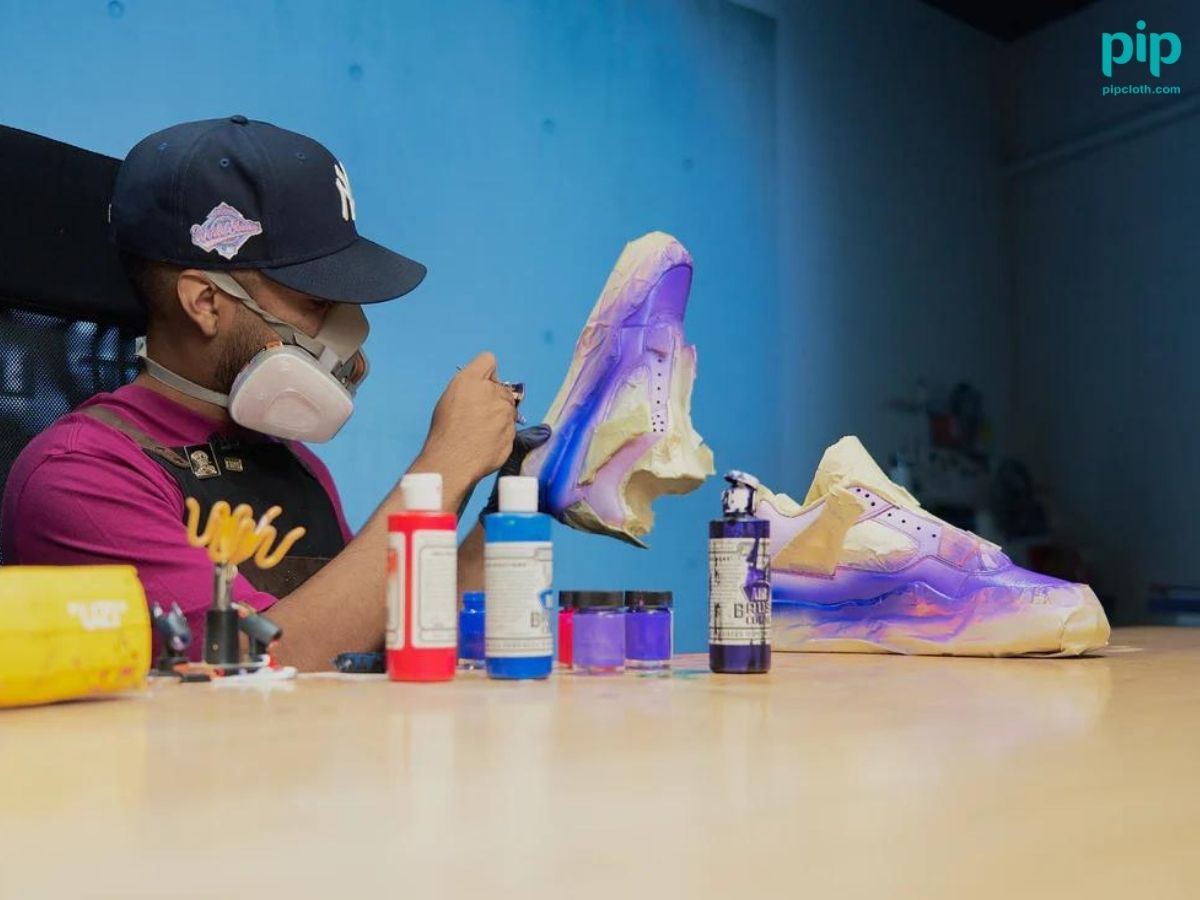
When considering professional restoration, keep in mind that the process can be time-consuming and costly. Turnaround times can range from several weeks to several months, depending on the complexity of the restoration and the workload of the service provider. Prices can vary widely, from a few hundred dollars for basic cleaning and repairs to several thousand dollars for complete sole swaps and custom modifications.
Conclusion
In conclusion, proper care and maintenance are essential for preserving the appearance, performance, and value of your Air Jordans. By understanding the unique materials and characteristics of your sneakers, using the right cleaning supplies and techniques, and implementing regular maintenance and preventive measures, you can keep your Air Jordans in pristine condition for years to come.
Remember to store your sneakers in a cool, dry, and well-ventilated environment, using shoe trees and original packaging to maintain their shape and protect them from damage. For vintage and collectible models, exercise caution when cleaning and handling, and consider professional restoration services when necessary to ensure their longevity and value.
By following the expert tips, real-life examples, and data-driven insights provided in this comprehensive guide, you can enjoy your Air Jordans with confidence, knowing that you are taking the best possible care of your investment. Whether you are a casual wearer or a serious collector, adopting a culture of sneaker care and preservation will help you get the most out of your Air Jordans, both now and in the future.
FAQ Section:
How often should I clean my Air Jordans if I wear them daily?
If you wear your Air Jordans daily, it’s recommended to clean them every 1-2 weeks to prevent dirt and stains from accumulating. However, the frequency of cleaning may vary depending on the environment and conditions in which you wear your sneakers. If you expose your Air Jordans to particularly dirty or wet conditions, you may need to clean them more frequently.
Can I machine wash my Air Jordans?
It is generally not recommended to machine wash your Air Jordans, as the agitation and spinning action can damage the materials and cause the sneakers to lose their shape. Instead, opt for hand washing using a soft-bristled brush, mild cleaning solution, and gentle scrubbing motions. This method allows for more control and precision in the cleaning process, ensuring that your Air Jordans are cleaned thoroughly without causing any damage.
What’s the best way to remove stubborn stains from my Air Jordans?
To remove stubborn stains from your Air Jordans, try the following methods:
- Create a paste using baking soda and water, apply it to the stain, and gently scrub with a soft-bristled brush.
- Use a small amount of nail polish remover on a cotton swab to target specific stains, but be cautious as this method may cause discoloration on certain materials.
- Apply a specialized sneaker cleaning solution directly onto the stain, allowing it to penetrate the material before gently scrubbing with a brush.
How can I prevent creasing on my Air Jordans?
To minimize creasing on your Air Jordans, consider the following tips:
- Use sneaker shields or crease guards, which are inserted into the toe box to maintain the sneaker’s shape and prevent creasing.
- Stuff your Air Jordans with tissue paper or shoe trees when not in use to help maintain their shape and reduce the likelihood of creasing.
- Rotate your sneakers regularly, allowing each pair to rest and recover between wears. This helps to distribute stress evenly and prevents excessive wear on any one area of the sneaker.
Is it okay to wear my Air Jordans in the rain?
While it is not ideal to wear your Air Jordans in the rain, sometimes it may be unavoidable. To protect your sneakers from water damage, consider the following:
- Apply a water-repellent spray to your Air Jordans before wearing them in wet conditions. This creates an invisible barrier that helps to repel water and prevent staining.
- If your Air Jordans do get wet, stuff them with newspaper or paper towels to absorb excess moisture, and allow them to air dry naturally away from direct heat sources.
- Avoid wearing your Air Jordans in heavy rain or puddles, as this can cause more severe water damage and may be difficult to repair.
How can I remove scuff marks from my Air Jordans?
Scuff marks can be removed from your Air Jordans using the following methods:
- Gently rub the scuff mark with a magic eraser or a mixture of toothpaste and water until the mark disappears.
- Use a sneaker cleaning solution and a soft-bristled brush to gently scrub the scuff mark, taking care not to damage the material.
- For more stubborn scuff marks, consider using a sneaker touch-up paint that matches the color of your Air Jordans. Apply the paint carefully, allowing it to dry completely before wearing the sneakers.
What’s the best way to store my Air Jordan collection?
To properly store your Air Jordan collection, follow these guidelines:
- Keep your sneakers in a cool, dry, and well-ventilated area, with a temperature between 50-70°F (10-21°C) and a relative humidity level below 50%.
- Use shoe trees or stuff your Air Jordans with tissue paper to maintain their shape and prevent creasing.
- Store your sneakers in their original boxes or clear plastic containers to protect them from dust, dirt, and accidental damage.
- Avoid storing your Air Jordans in direct sunlight or near heat sources, as this can cause discoloration and material deterioration.
How do I know if my vintage Air Jordans need professional restoration?
When assessing your vintage Air Jordans for professional restoration, look for the following signs:
- Crumbling or deteriorating midsoles, often referred to as “sole rot.”
- Flaking or peeling paint on the midsoles or uppers.
- Cracking, drying, or discoloration of the leather, suede, or synthetic materials.
- Significant wear or damage to the outsoles, such as holes or separation from the midsole. If you notice any of these issues, it may be time to consider professional restoration to preserve the integrity and value of your vintage Air Jordans.
Can I restore my Air Jordans myself, or should I always seek professional help?
The decision to restore your Air Jordans yourself or seek professional help depends on several factors:
- The extent of the damage or wear: If your sneakers have minor scuffs, stains, or creasing, you may be able to address these issues yourself using the appropriate cleaning solutions and techniques. However, if the damage is more severe, such as sole separation or material deterioration, professional restoration may be necessary.
- The value or rarity of your Air Jordans: If you have a highly valuable or rare pair of Air Jordans, it may be best to entrust them to a professional restorer to ensure the best possible results and maintain their collectible value.
- Your own skills and experience: If you have experience with sneaker restoration and feel confident in your ability to tackle the project, you may choose to restore your Air Jordans yourself. However, if you are unsure or lack the necessary skills, it is better to seek professional help to avoid causing further damage.
How much does professional Air Jordan restoration typically cost?
The cost of professional Air Jordan restoration can vary widely depending on several factors:
- The extent of the damage or wear: More severe issues, such as sole separation or material deterioration, will require more extensive work and may cost more to restore.
- The rarity or value of the sneakers: Restoration services for highly rare or valuable Air Jordans may command a premium price due to the expertise and care required to work with these sneakers.
- The reputation and experience of the restoration service: Well-established and highly regarded restoration services may charge more for their expertise and track record of success. On average, professional Air Jordan restoration can cost anywhere from $100 to $500 for basic cleaning, repainting, and minor repairs. More extensive restorations, such as sole swaps or complete rebuilds, can cost upwards of $1,000 or more, depending on the factors mentioned above.

